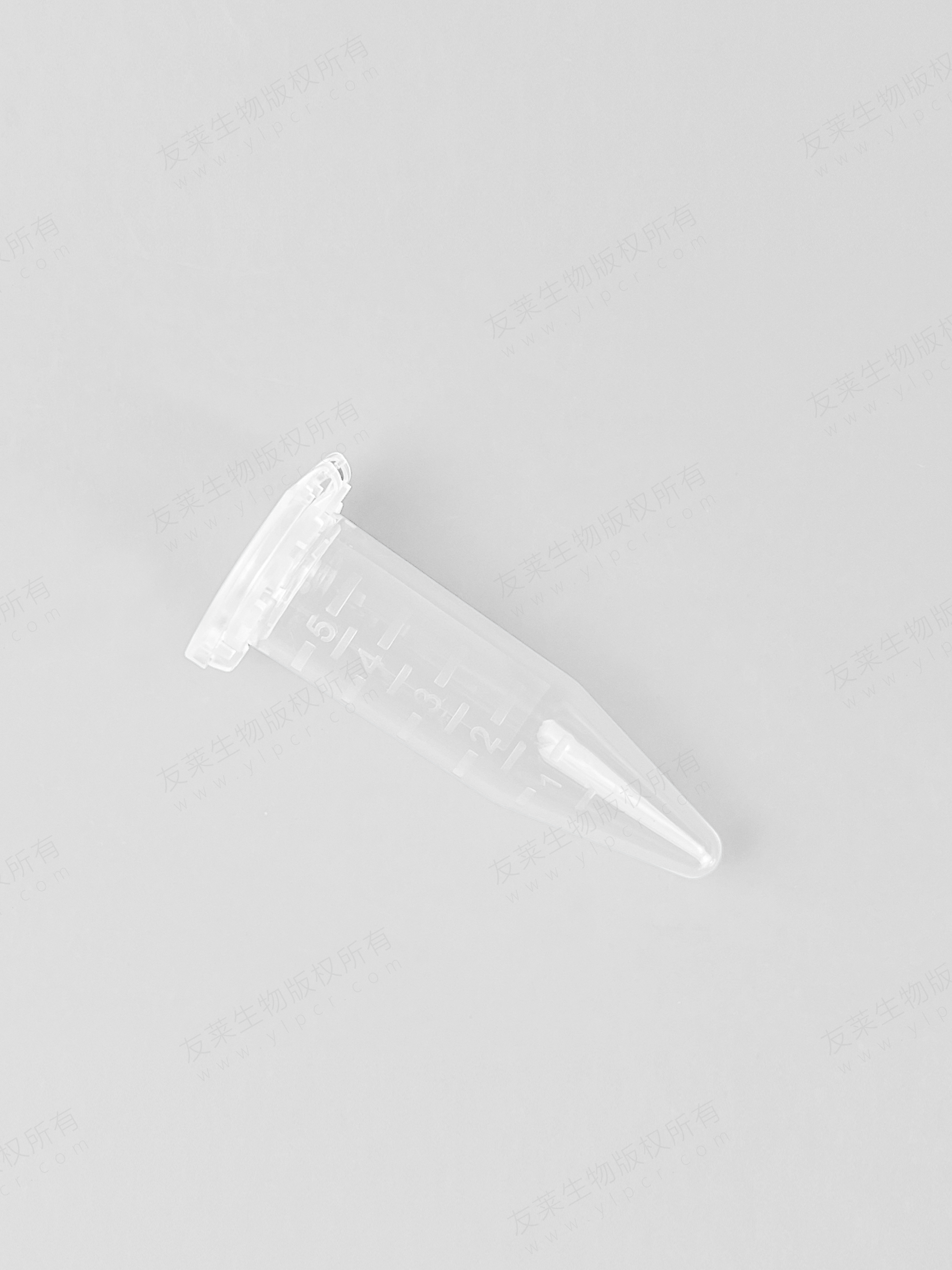Introduction:
In the dynamic world of laboratory and research settings, the need for precision in sample separation and analysis is paramount. Centrifuge tubes, a staple in these environments, play a crucial role in achieving this precision. This comprehensive guide explores the design, functionality, applications, and significance of centrifuge tubes in the intricate processes of separation and analysis within scientific research.
1. Anatomy of Centrifuge Tubes:
Material Composition: Centrifuge tubes are typically made from durable materials such as polypropylene or polyethylene, ensuring chemical resistance and structural integrity during high-speed centrifugation.
Cap Design: Screw caps or snap caps with secure seals prevent sample leakage during centrifugation, maintaining the integrity of the separation process.
2. Functionality and Operation:
Centrifugation Principle: Centrifuge tubes operate on the principle of centrifugal force, subjecting samples to high-speed rotation, causing particles to separate based on their density.
Gradient Formation: Some centrifuge tubes are designed for density gradient separation, enabling the isolation of specific layers within a sample.
3. Applications Across Disciplines:
Biochemistry: Centrifuge tubes are instrumental in isolating biomolecules, such as DNA, RNA, and proteins, facilitating downstream molecular analysis.
Clinical Diagnostics: In clinical laboratories, these tubes are used for blood sample centrifugation, separating plasma or serum from cellular components for diagnostic testing.
Microbiology: Microbiologists employ centrifuge tubes for the concentration of microorganisms, allowing for efficient analysis and culture preparation.
4. Key Advantages:
Sample Purity: Centrifuge tubes enable the precise separation of components within a sample, ensuring higher purity for downstream analysis.
Speed and Efficiency: The rapid rotational speeds achieved during centrifugation expedite the separation process, saving valuable time in laboratory workflows.
Sample Volume Variation: Centrifuge tubes come in various sizes, accommodating different sample volumes, from microcentrifuge tubes for small volumes to larger tubes for bulk processing.
5. Considerations for Optimal Performance:
Rotor Compatibility: Matching the centrifuge tubes to the appropriate rotor ensures optimal performance and prevents imbalance issues during centrifugation.
Temperature Stability: Some applications, especially those involving sensitive biological samples, may require temperature-controlled centrifugation; thus, selecting tubes compatible with these conditions is crucial.
6. Technological Advancements:
Specialized Coatings: Advanced centrifuge tubes may feature coatings that enhance sample recovery and prevent sample adherence to tube walls.
Graduated Markings: Precise volume markings on the tubes contribute to accurate sample loading and measurement.
7. Future Trends and Innovations:
Automation Integration: Integration with automated systems for sample processing and analysis is becoming more prevalent, enhancing overall laboratory efficiency.
Single-Use Centrifuge Tubes: The trend towards single-use, disposable centrifuge tubes reduces the risk of sample cross-contamination and simplifies laboratory workflows.
Conclusion:
In the realm of scientific inquiry and analysis, centrifuge tubes stand as silent but indispensable tools, enabling the precise separation and isolation of samples. Their role in diverse scientific disciplines, coupled with ongoing technological advancements, continues to elevate the precision and efficiency of laboratory processes. As technology evolves, the humble centrifuge tube remains at the forefront, contributing to the advancement of scientific knowledge and discovery.

 English
English русский
русский 中文简体
中文简体



